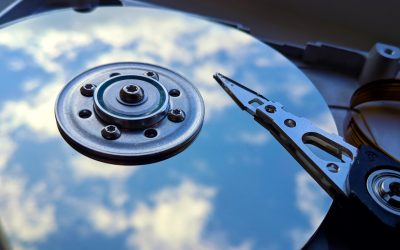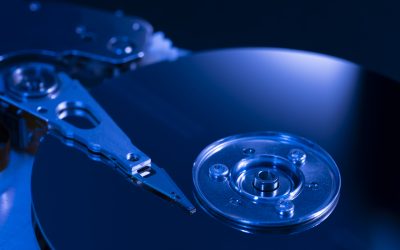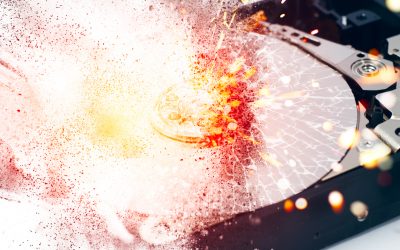Have you ever opened a local file on your computer system that seemed to take a long time to open? If a file takes too long to open, you might quit the opening application and try to open the file again. And if this happens on a regular basis, you might even consider...
From People to Storage: AI’s Lifesaving Capabilities
Artificial intelligence (AI) is being used in exciting ways to transform our lives. One of the most exciting use cases is how using AI can predict health issues like heart attack, diabetes, cancer, and depression. Examples of How AI is Saving Human Lives The...
Challenges in Data Storage: RAID Configurations
As we have seen in an earlier post in the series, disk storage plays a vital role in preserving our data, whether it's personal files, critical business data, or large-scale databases. RAID configurations have become an indispensable component of modern data storage,...
Challenges in Data Storage: Drive Reliability
As we have seen in the earlier post in the series, disk storage plays a vital role in preserving our data, whether it's personal files, critical business data, or large-scale databases. With this ever-increasing demand for data storage, ensuring drive reliability is a...
Challenges in Data Storage: Drive Performance
According to the latest estimates, over 300 million terabytes of data are created each day through social media, e-commerce, IoT devices, streaming services, and more. This translates to 2.31 zettabytes per week, 10 zettabytes per month, and 120 zettabytes per year....
How to Manage UNC Errors in RAID for NAS Devices
A NAS (Network Attached Storage) device is a specialized computer designed for data storage and providing access to that data over the internet or a network. In the event of an uncorrectable read error (UNC), the NAS device initiates an I/O error event, marks the...
What is the Best Way to Detect Bad Sectors in a RAID?
Hard drives commonly encounter the issue of bad sectors, which can lead to the loss of data and a decline in performance. There are several methods to detect bad sectors in a RAID. Through Read Commands One method to find bad sectors is to simply read from the drive...
What Makes an AI Product Credible?
The frenzy around artificial intelligence (AI) has reached an all-time high following the success of ChatGPT. The market is flooded with all sorts of products claiming to solve problems with AI. However, effective AI products can’t be built simply by taking your...
Using AI to Tide over Limitations of Traditional Drive Failure Mitigation Methodologies
Drive failure is a serious problem that can result in data loss and system malfunction. Traditional methods of mitigating drive failure include having data redundancy, replacing drives on a regular basis, and anticipating failures with threshold-based methods. But...
Spare and Pending Sectors as Indicators of Drive Deterioration and Failure
Spare sectors are extra sectors that are not part of the drive's advertised capacity. They are reserved for use when a sector becomes unreadable or unwritable due to manufacturing defects or wear and tear. The drive has a mechanism to automatically detect such...
How to Deal with Bad Sectors on Your Hard Drive – Part 2
In this two-part article on “How to Deal with Bad Sectors on Your Hard Drive,” we have already looked at what bad sectors are and what causes them. We will now look at how your hard drive deals with them and what you can do to minimize the effect of bad sectors. How...
How to Deal with Bad Sectors on Your Hard Drive – Part 1
Bad sectors are one of the most common problems that affect hard drives. They can cause data loss and performance degradation. But what are bad sectors and how can you prevent or fix them? Drive Heads and Media: A Precise System A hard drive contains two important...












